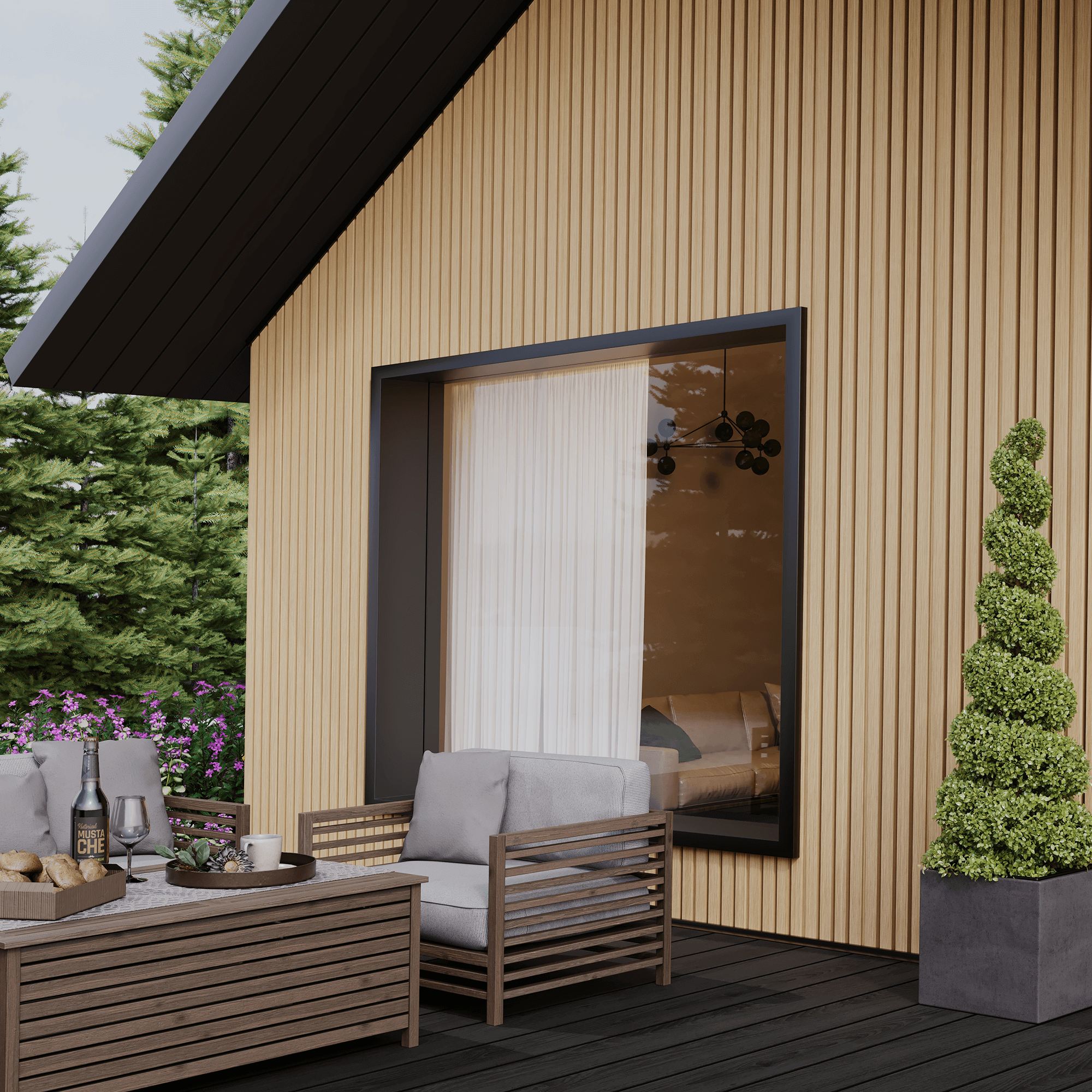
Do You Need Planning Permission for Cladding?
If you’re considering installing cladding on your home or in the garden, you’ve probably asked the question, ‘Do you need
Products in Stock
Lowest Prices
Express Delivery
10-Year Warranty
December Sale. Up To 15% Off.
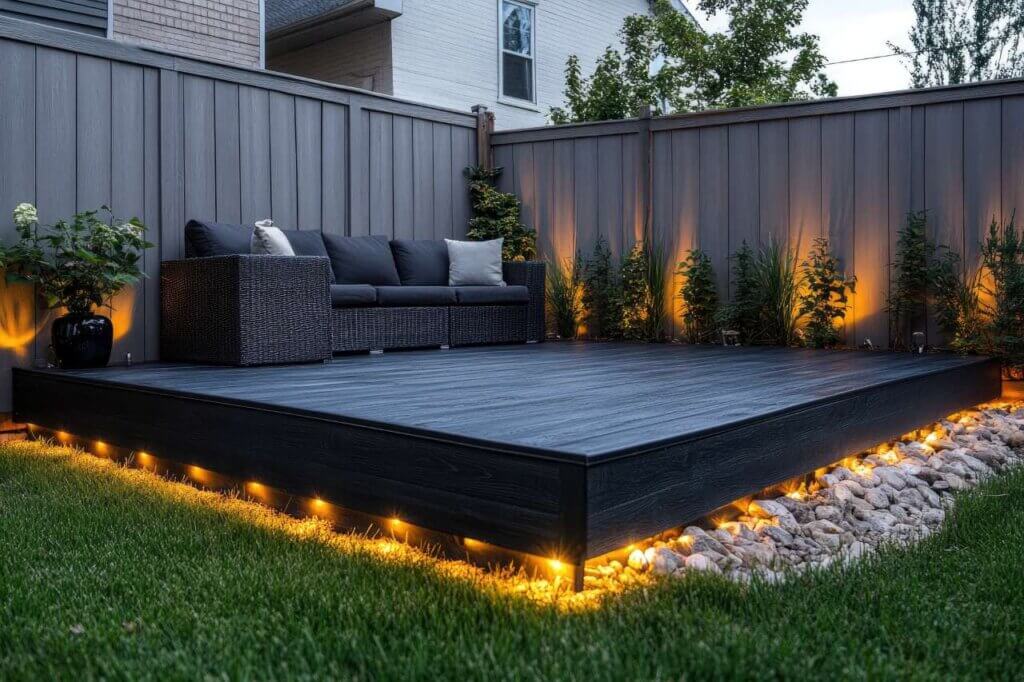
Ever been caught in a downpour while hosting a BBQ under your deck? Or found your stored garden furniture soaked after a night of rain? These common problems have a solution. Deck drainage systems transform your outdoor space by channeling rainwater away, keeping the area beneath your deck dry and usable year-round. Let’s explore how these systems work and why they might be the upgrade your outdoor space needs.
Simply put, a deck drainage system catches rainwater before it drips through the gaps in your decking boards. Instead of water splashing through onto whatever’s below, these clever systems divert it to gutters and downspouts, carrying it safely away from your property.
The system acts like an umbrella for the space under your deck, keeping structural elements dry and preventing water damage to the framework.
With a dry area beneath your deck, you suddenly have more usable space – perfect for storing outdoor equipment or creating a sheltered seating area.
You can add drainage systems to most existing decks or include them in new builds – they’re surprisingly adaptable to different deck designs.
Beyond just keeping things dry, there are compelling reasons to invest in proper deck drainage. Many homeowners are now considering eco-friendly choices for patios and gardens alongside practical improvements like drainage systems.
Water is the enemy of deck structures. By keeping beams, joists and fixings dry, you’ll prevent rot and rust that can weaken your deck over time.
Estate agents often highlight functional outdoor spaces as selling points. A deck with a dry, usable area underneath ticks that box nicely.
While there’s an upfront cost, you’ll spend much less on repairs down the road. No more replacing rotted timber or rusty hardware every few years.
That space under your deck becomes genuinely useful – a place to sit during light rain or store the kids’ bikes without them getting soaked overnight.
Not all drainage systems are created equal. Your choice depends on your deck’s height, your budget, and whether you’re working with a new or existing structure.
These fit beneath your decking boards, catching water after it passes through the gaps. They typically look like a series of channels or panels that slope toward a gutter.
If you’re building a new deck or replacing your boards, these waterproof membranes go directly on top of the joists before the decking goes down.
For existing decks, these fit between your joists without major reconstruction. They’re less visible but might have slightly less capacity than other options.
Some modern decking materials come with built-in drainage features. These all-in-one solutions can be pricier but offer seamless installation.
Understanding the parts makes choosing and maintaining your system much easier. Here’s what typically goes into a comprehensive drainage setup:
These panels or membranes are the workhorses of the system, catching rain and directing it toward the drainage channels.
Just like on your house, these collect the channelled water and direct it safely away from your foundations.
The bits that seal everything up – flashing, caulk, and weatherproofing – prevent leaks at joints and connection points.
Special brackets and fasteners hold everything in place without compromising your deck’s structure or creating leak points.
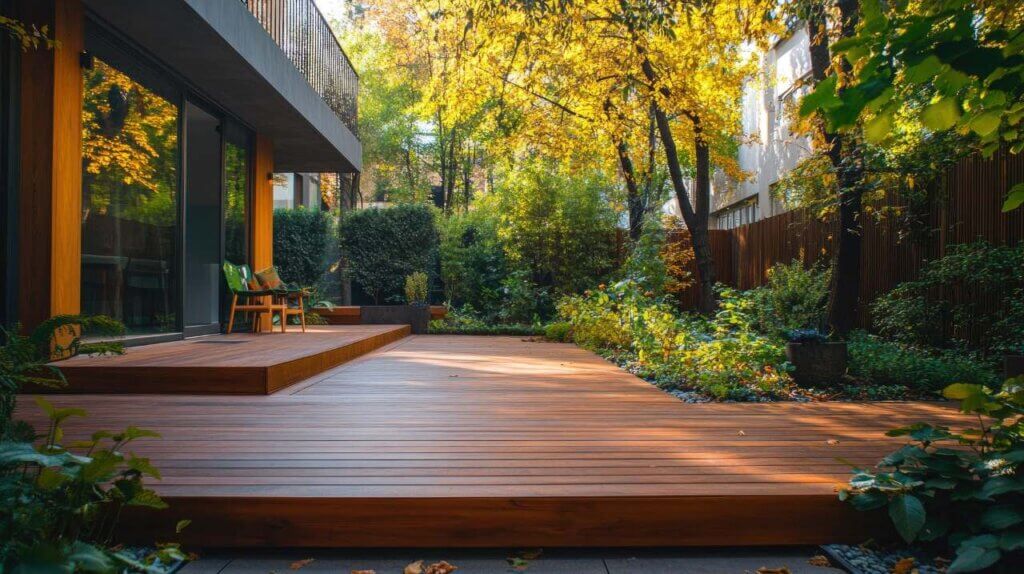
When picking a drainage solution, consider these practical factors to find what works best for your specific situation:
If you live somewhere with monsoon-like downpours or heavy snow, you need a system with greater capacity and durability than someone in a drier climate.
Taller decks create different water flow dynamics than those closer to the ground. Height affects both installation approach and drainage capacity needs.
Planning a posh outdoor lounge requires more comprehensive drainage than if you’re just storing the lawnmower. Be realistic about your needs.
Some systems are barely noticeable while others are more visible. Think about sightlines from your garden and house when choosing.
Whether you’re handy with tools or planning to call in the pros, here’s what you should know about getting a drainage system installed:
Some kits are fairly straightforward for experienced DIYers, but others need specialist knowledge. Don’t be afraid to get quotes from professionals.
Dry weather makes installation much easier, so summer or early autumn is ideal. Trying to fit drainage during rainy season is just asking for trouble.
Most systems need cleaning a couple of times a year – typically clearing leaves and debris from gutters and checking that everything’s draining properly.
For existing decks, consider how the new drainage will connect with your home’s guttering or garden drainage. It all needs to work together.
A good deck drainage system does more than just keep things dry – it extends the life of your deck while making your outdoor space more versatile. The initial investment pays off through reduced maintenance costs and more usable space around your home.
If you’re thinking about adding drainage to your deck, it’s worth considering what decking material will work best with your chosen system. Take a look at our composite decking boards for options that stand up to British weather without demanding constant attention.
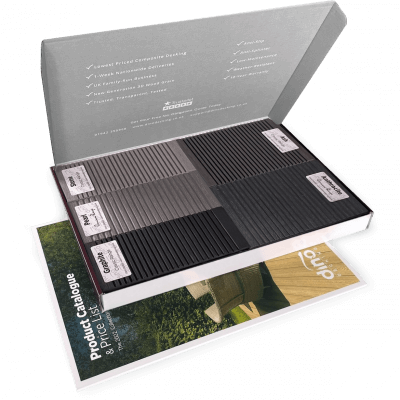
Our sample pack contains a sample piece of each colour currently available. Order your free sample pack today to compare the colours and get a true feeling of the Dino Decking range!

If you’re considering installing cladding on your home or in the garden, you’ve probably asked the question, ‘Do you need
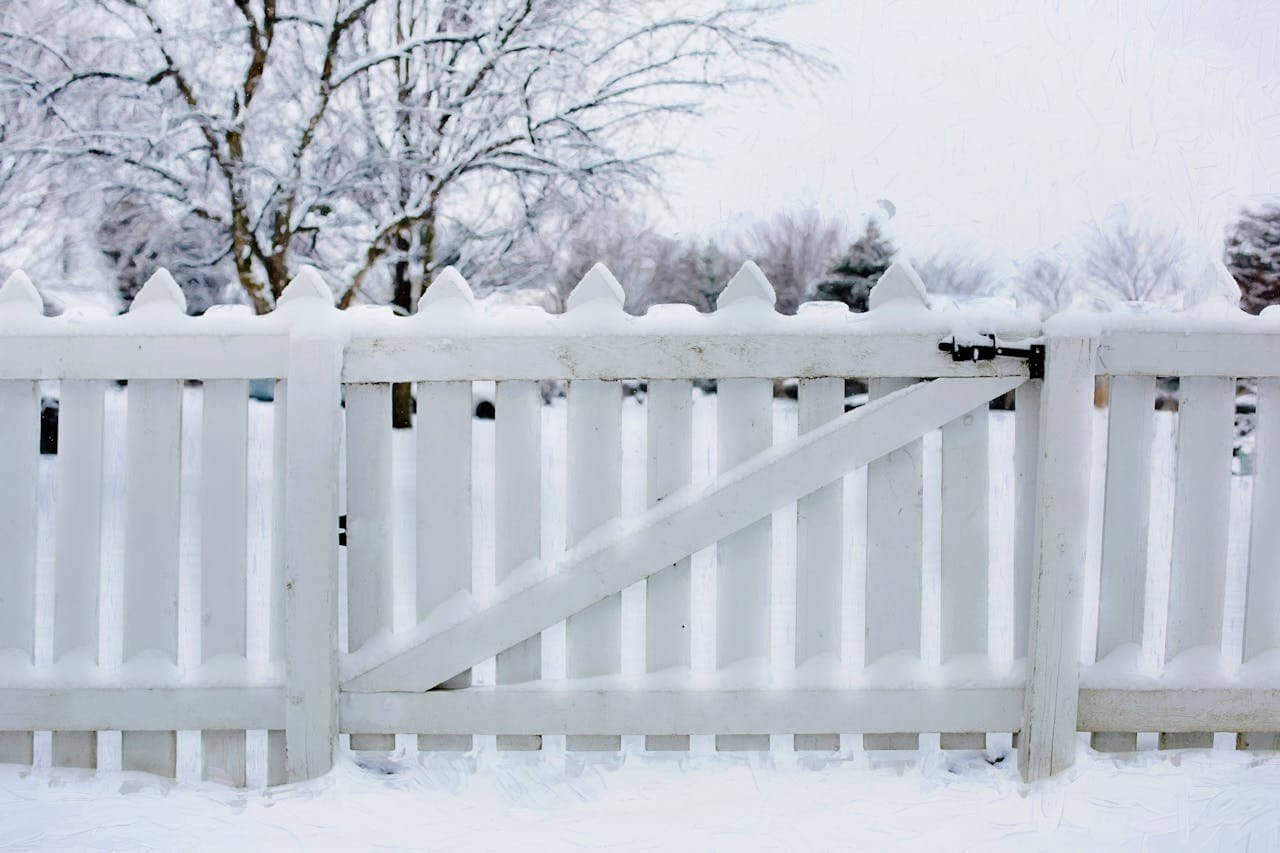
If you’re looking to go all out this festive season, you might be looking for some fantastic Christmas garden ideas